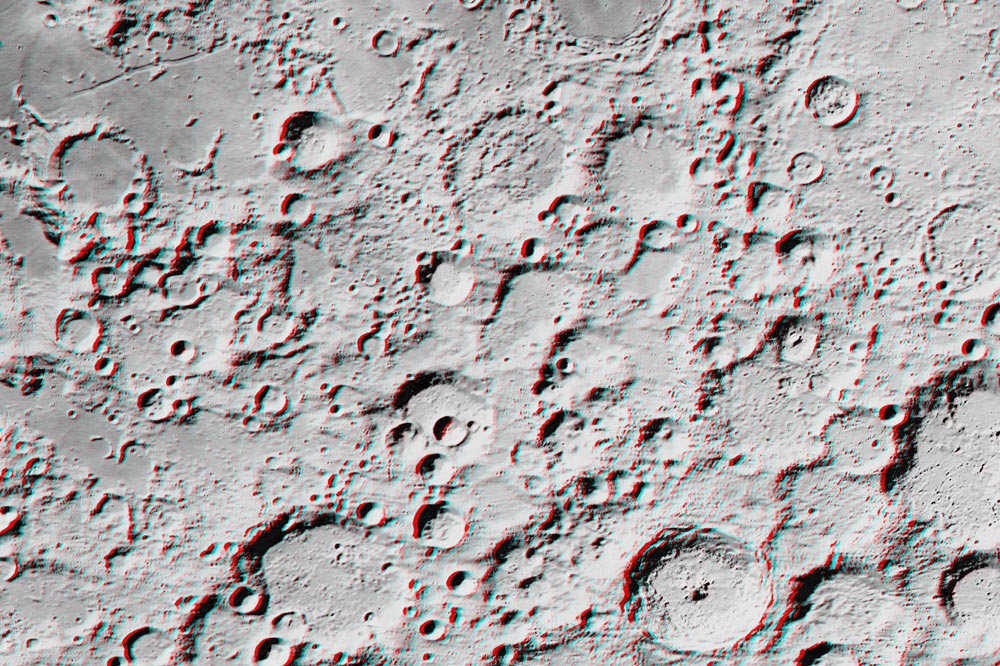Difference between revisions of "February 11, 2012"
| (6 intermediate revisions by the same user not shown) | |||
| Line 1: | Line 1: | ||
__NOTOC__ | __NOTOC__ | ||
=Red-Blue Blur= | =Red-Blue Blur= | ||
| − | + | <!-- Start of content --> | |
<!-- ws:start:WikiTextHeadingRule:0:<h1> --> | <!-- ws:start:WikiTextHeadingRule:0:<h1> --> | ||
<!-- ws:start:WikiTextLocalImageRule:6:<img src="http://lpod.wikispaces.com/file/view/LPOD-Feb11-12.jpg/300692850/LPOD-Feb11-12.jpg" alt="" title="" /> -->[[File:LPOD-Feb11-12.jpg|LPOD-Feb11-12.jpg]]<!-- ws:end:WikiTextLocalImageRule:6 --><br /> | <!-- ws:start:WikiTextLocalImageRule:6:<img src="http://lpod.wikispaces.com/file/view/LPOD-Feb11-12.jpg/300692850/LPOD-Feb11-12.jpg" alt="" title="" /> -->[[File:LPOD-Feb11-12.jpg|LPOD-Feb11-12.jpg]]<!-- ws:end:WikiTextLocalImageRule:6 --><br /> | ||
<em>image from [http://www.wired.com/wiredscience/2012/02/3d-moon-map/ Jeffrey Ambroziak]</em><br /> | <em>image from [http://www.wired.com/wiredscience/2012/02/3d-moon-map/ Jeffrey Ambroziak]</em><br /> | ||
<br /> | <br /> | ||
| − | The <em>Wired Science</em> website just [http://www.wired.com/wiredscience/2012/02/3d-moon-map/ featured]this stereo image of the Tycho to Pitatus region of the Moon. Jeffrey Ambroziak created the 3-D image from LRO digital terrain data by constructing red and blue anaglyph images from two slightly different perspectives. He and his father had patented a new technique to create stereo images that work when viewed from nearly any angle or distance. As I have mentioned before, I can't see stereo so get out your red-blue glasses and send me your comments on how it works. Is it better than LRO [ | + | The <em>Wired Science</em> website just [http://www.wired.com/wiredscience/2012/02/3d-moon-map/ featured]this stereo image of the Tycho to Pitatus region of the Moon. Jeffrey Ambroziak created the 3-D image from LRO digital terrain data by constructing red and blue anaglyph images from two slightly different perspectives. He and his father had patented a new technique to create stereo images that work when viewed from nearly any angle or distance. As I have mentioned before, I can't see stereo so get out your red-blue glasses and send me your comments on how it works. Is it better than LRO [https://the-moon.us/wiki/Anaglyph anaglyph] images by [http://moonscience.yolasite.com/3-d-anaglyphs.php Maurice Collins] and others?<br /> |
<br /> | <br /> | ||
<em>[mailto:tychocrater@yahoo.com Chuck Wood]</em><br /> | <em>[mailto:tychocrater@yahoo.com Chuck Wood]</em><br /> | ||
<br /> | <br /> | ||
<strong>Related Links</strong><br /> | <strong>Related Links</strong><br /> | ||
| − | Rükl plate [ | + | Rükl plate [https://the-moon.us/wiki/R%C3%BCkl_64 64]<br /> |
<br /> | <br /> | ||
| + | <p><b>Yesterday's LPOD:</b> [[February 10, 2012|Cold Moments of Great Views]] </p> | ||
| + | <p><b>Tomorrow's LPOD:</b> [[February 12, 2012|Post Spa Craters]] </p> | ||
<hr /> | <hr /> | ||
| + | {{wiki/ArticleFooter}} | ||
Latest revision as of 18:46, 13 October 2018
Red-Blue Blur

image from Jeffrey Ambroziak
The Wired Science website just featuredthis stereo image of the Tycho to Pitatus region of the Moon. Jeffrey Ambroziak created the 3-D image from LRO digital terrain data by constructing red and blue anaglyph images from two slightly different perspectives. He and his father had patented a new technique to create stereo images that work when viewed from nearly any angle or distance. As I have mentioned before, I can't see stereo so get out your red-blue glasses and send me your comments on how it works. Is it better than LRO anaglyph images by Maurice Collins and others?
Chuck Wood
Related Links
Rükl plate 64
Yesterday's LPOD: Cold Moments of Great Views
Tomorrow's LPOD: Post Spa Craters
COMMENTS?
Register, Log in, and join in the comments.



